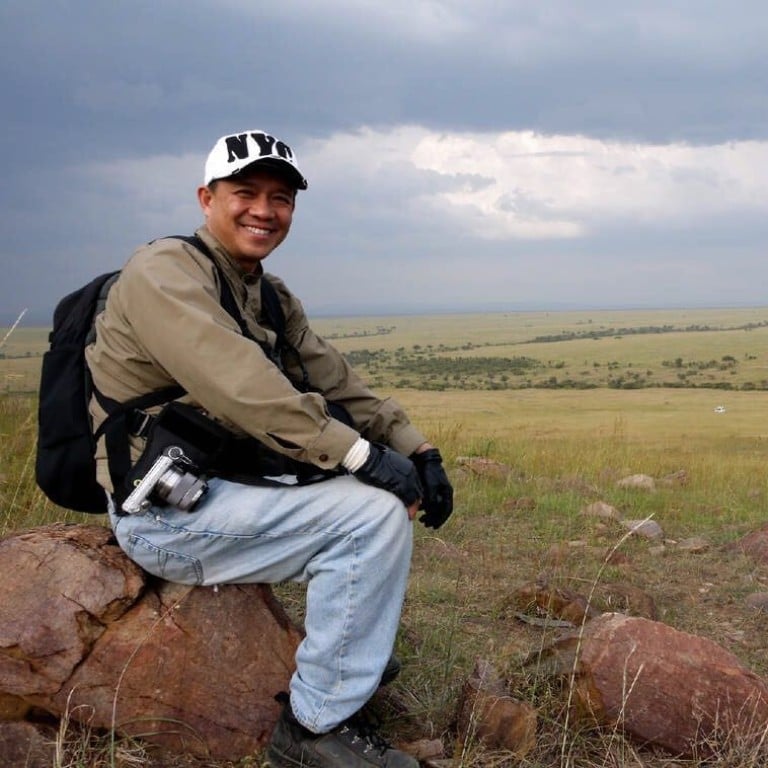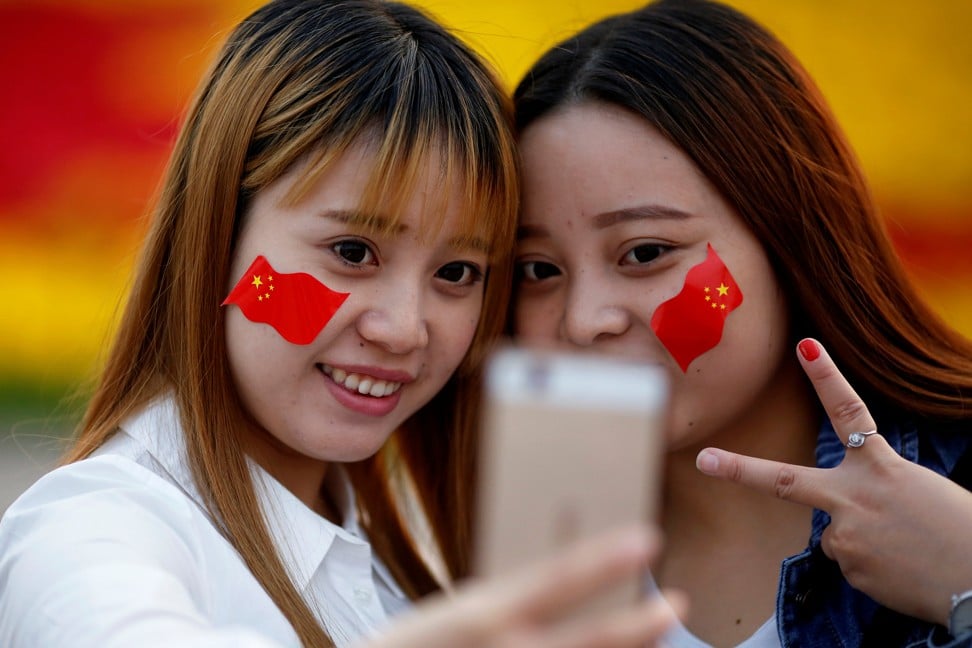
This Chinese billionaire built AI that helps Samsung, Huawei phones take better photos
- Michael Deng’s software company, ArcSoft, sharpened its focus on mobile photography in 2004
- That bet has paid off amid the rapid global growth of mobile phone users, who are estimated to surpass 5 billion this year
You have probably seen smartphone snapshots that look almost as good as if these were photos taken with professional camera equipment. That is because it now takes more than just hardware to produce better-quality pictures. Artificial intelligence (AI) has increasingly helped people take more beautiful images with their mobile phones.
In 1994, entrepreneur Michael Deng Hui rounded up funds from family and friends to start a business in Silicon Valley that would develop such image-enhancing technology.
The company Deng founded, ArcSoft, is now a major global provider of visual AI algorithm and software used for advanced camera systems in a range of platforms, from smartphones, tablets and personal computers to smart televisions, cars and robots.
Deng’s 25-year journey in this field has led ArcSoft to expand from the United States into China, where many of the devices using the company’s software are manufactured. Deng recently joined the ranks of the country’s newest billionaires after his company went public on Shanghai’s Nasdaq-style Star Market.
China’s new Star Market turns dozens of founders into overnight billionaires, while some small investors nurse heavy losses
His team at ArcSoft sharpened their focus on mobile photography in 2004, with the goal of using computer vision technology to improve how phone cameras performed.
That bet has paid off amid the rapid global growth of mobile phone users, who are estimated to surpass 5 billion this year, which means virtually everyone is carrying a pocket-sized camera everywhere they go.
With the trend towards more advanced smartphones, many users have come to expect high-quality still images and video taken with their devices, so they can post these on Instagram and other social media platforms.
Since there are physical limits on how many cameras can be deployed on a smartphone, the major handset vendors are using the latest software and AI algorithms to push the boundaries of mobile photography. Apple, for example, has used AI to enable the cameras on the latest iPhones to quickly distinguish human subjects when taking snapshots on portrait mode, in which the background is blurred.

ArcSoft’s software has been helping the cameras on many smartphone models shoot sharper and brighter pictures at night, adjust for movement to prevent blurred images and take 360-degree panoramic photos, among a range of features.
The company counts smartphone vendors Samsung Electronics, Huawei Technologies, Oppo, Vivo and Xiaomi Corp among its largest customers. Its technology is also used on several video live-streaming and photo-editing apps designed with so-called beauty filters, a feature that initially became a hit in China and is now popular around the world.
Deng, a photography enthusiast whose works are featured on a section of ArcSoft’s website dedicated to landscape and nature images, indicated that facial recognition technology will serve a wider role in society.
“Using facial recognition to catch criminals is definitely one direction, but I think it will have a bigger role in the future in terms of raising efficiency and creativity, as well as adding beauty to our lives,” Deng said in an interview with the Shanghai Securities News.

ArcSoft has been diversifying the use of its technology in vehicles and household appliances. Its system for smart cars, for example, is used to identify drivers to prevent theft as well as for detecting driver fatigue through certain facial cues.
Deng, who completed his PhD at Washington University in St. Louis, Missouri, and pursued postdoctoral research at Cambridge University, moved back to China in 2017. His company was among the first batch of 25 stocks that debuted on Shanghai’s Star Market.
ArcSoft currently employs about 500 people and operates out of offices in the US, mainland China, Taiwan, Japan, South Korea and Europe.
“The people around me often suggest that I can do this or that,” Deng said. “But I think we won’t be able to manage all the things we’re capable of doing because there are just too many potential directions for visual AI.”
He said the company’s strategy is to be the best in its area of expertise, “rather than being number two or number three in another field”.
For more insights into China technology, be part of our Inside China Tech group on Facebook. Listen to our Inside China Tech podcast and subscribe via iTunes, Spotify or Stitcher. For a comprehensive survey of China’s digital landscape, download the 2019 China Internet Report.

